
-700 000
Bifacial stone tools
The first peoples had a nomadic way of life and moved around to find game which provided them with food, fur to protect themselves against the elements, and materials (bones, hooves, horns) to make tools. The first carved stone tools were used to kill as well as to cut.
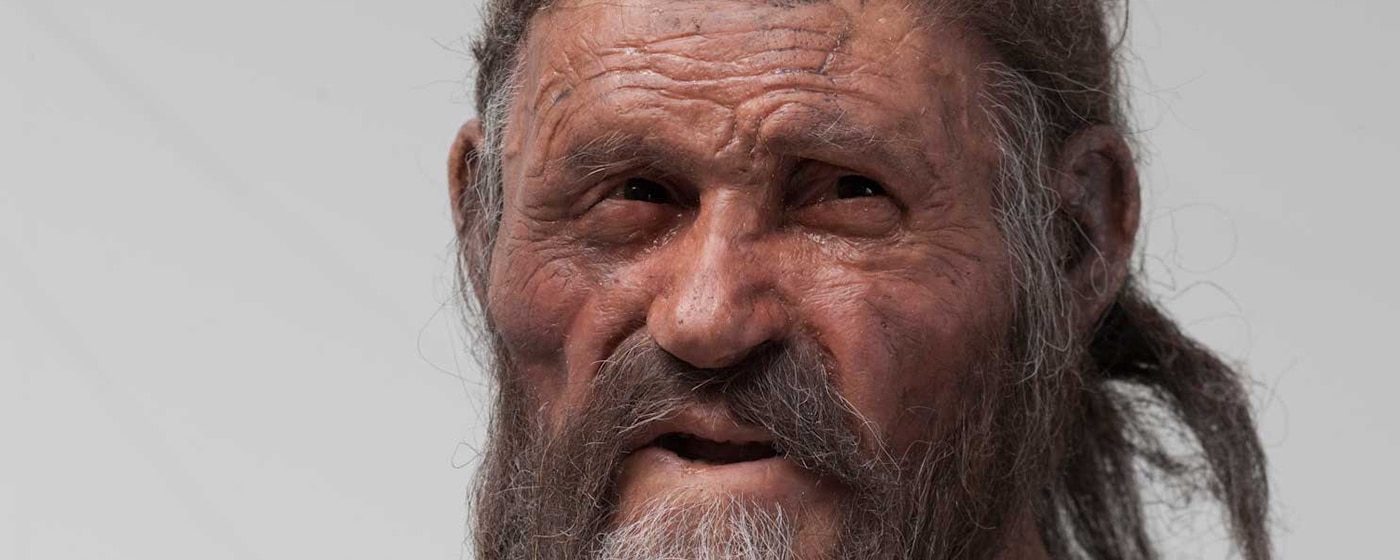
-500 000
Domestication of fire
It is generally assumed that the rise in the consumption of meat crucially affected human evolution. The enormous brain growth in humans would not have been possible to the extent seen without an increase in the intake of high-energy and high-quality animal fats and proteins: In comparison to body mass, our brains are disproportionately large and require much energy. This development was accelerated by the use of fire in preparing food; cooked food is easier to digest.
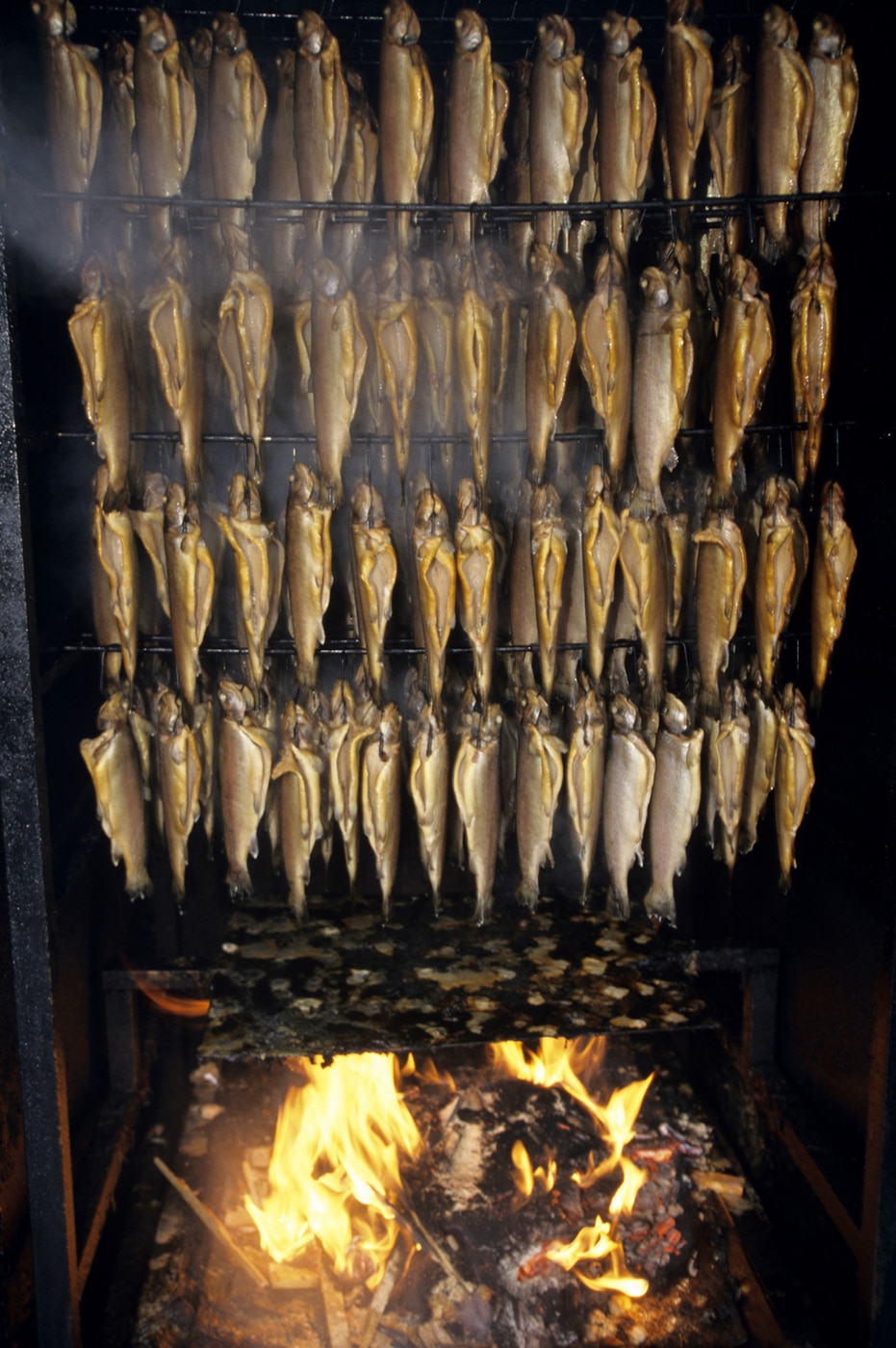
-160 000
Smoking of meat
Smoking is a very ancient method of preserving food, no doubt known since the Paleolithic era. It is a technique used to preserve meat and fish in particular and is practised throughout the world. In the Caribbean, for example, this process is called boucanage from the word buccan or boucan, which refers to the wooden frame the natives use for smoking meat.

-17 500
Pottery
Humans are thought to have used fire to cook food, even before they fully mastered it some 500 000 years ago. Food has been grilled, boiled, cooked in ashes and, for 10 000 years, cooked in ceramic containers. Nowadays there are many different cooking techniques.Spear-thrower for hunting
Hunting first appeared three million years ago and has remained with us ever since, alongside other food-producing activities such as farming livestock.
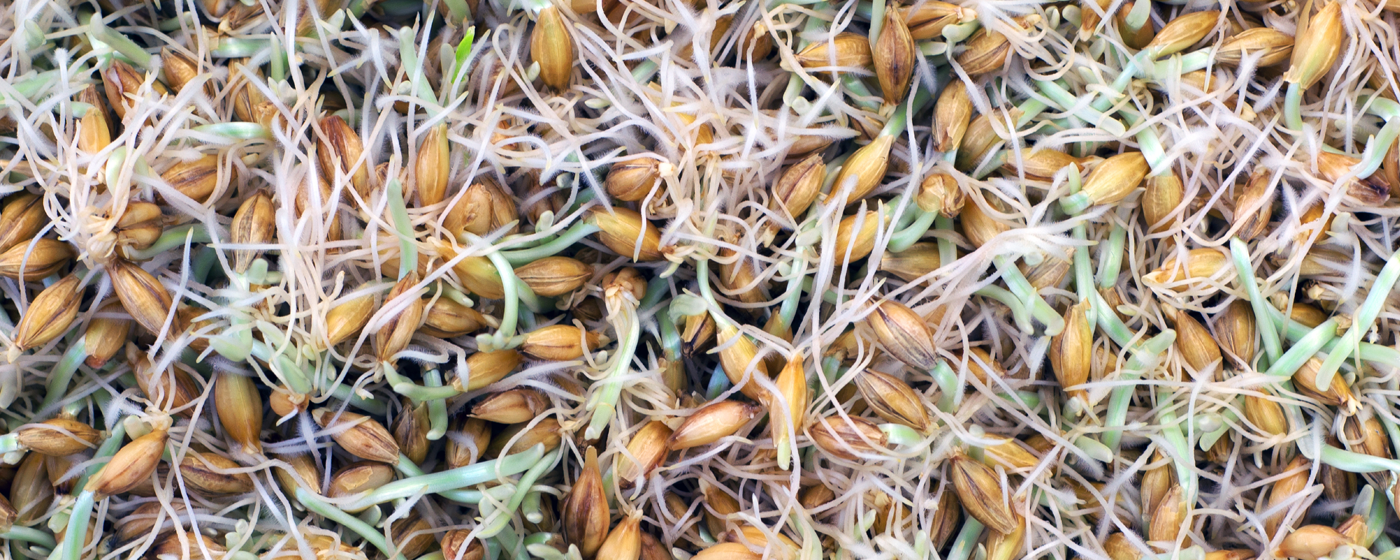
-10 000
Farming tools (sickle, axe, grinding stone, etc.)
Beer
Beer is the world’s oldest fermented drink. Its production entails several phases, the three most important of which are malting (germination of the barley), brewing (transformation of the starch into sugar) and fermentation (transformation of the sugars into alcohol and carbon dioxide).

-7000
Animal traction

-6000
Irrigation system
Terracotta containers
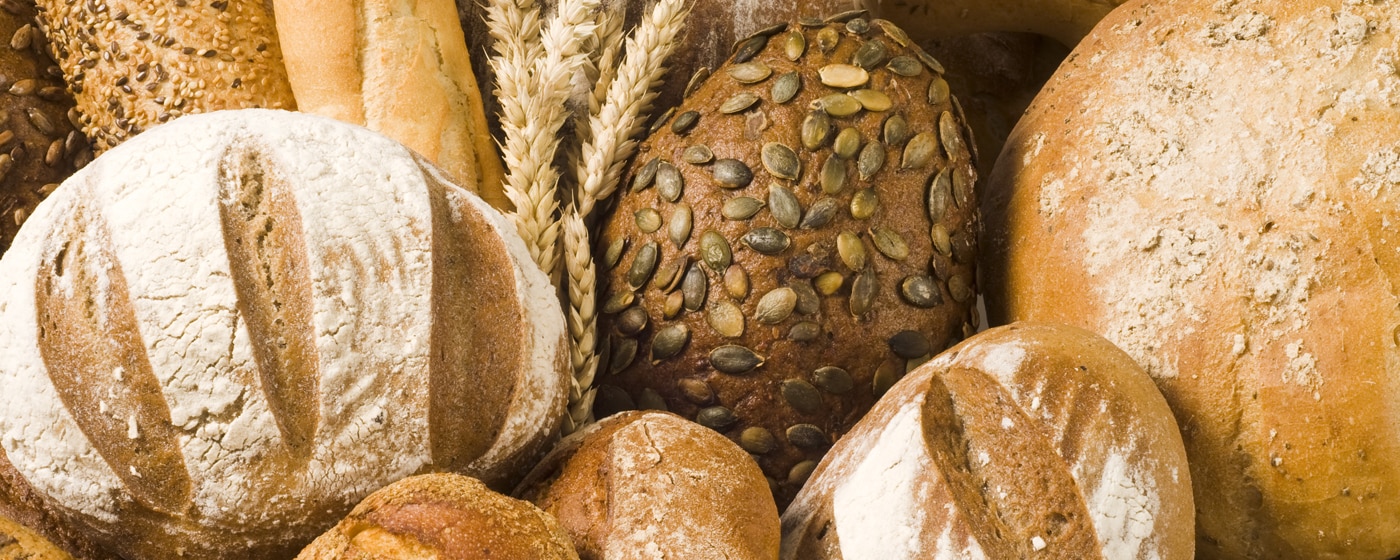
-5800
Bread oven
Bread comes in all shapes, sizes and varieties and is a staple food for many people. The Indo-European root of its name, pa, actually means food.

-5000
Curd strainer
The origins of cheese-making are not precisely known, but are connected with the domestication of animals. Five thousand years ago in Mesopotamia, the Sumerians greatly enjoyed milk, butter and cheese, as demonstrated by a frieze dating from the 3rd millennium BCE.

-4500
Swing-plough

-4000
Noodles
In Asia, soft wheat, rice and buckwheat are used to make noodles. Transparent noodles are made with mung bean flour. Most Asian noodles are elongated to symbolise longevity.

-3500
Alembic
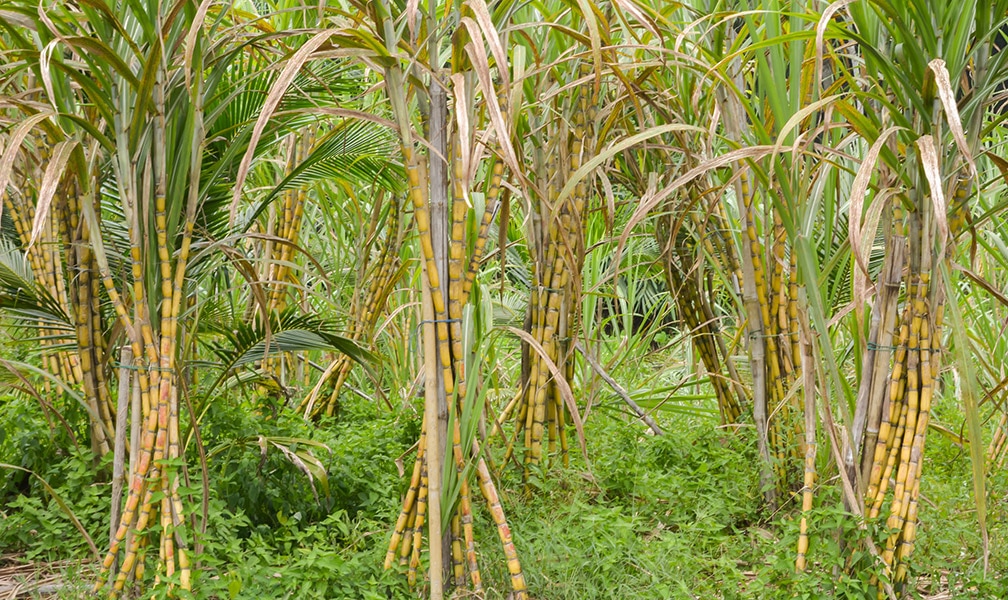
-3000
Cane sugar
The date palm, sweet sorghum and Canadian maple are all sources of sucrose, however most of the sugar produced today comes from two plants: sugar cane, whose stem is 15 to 20% sugar, and sugar beet, whose root is between 14% and 19% sugar.
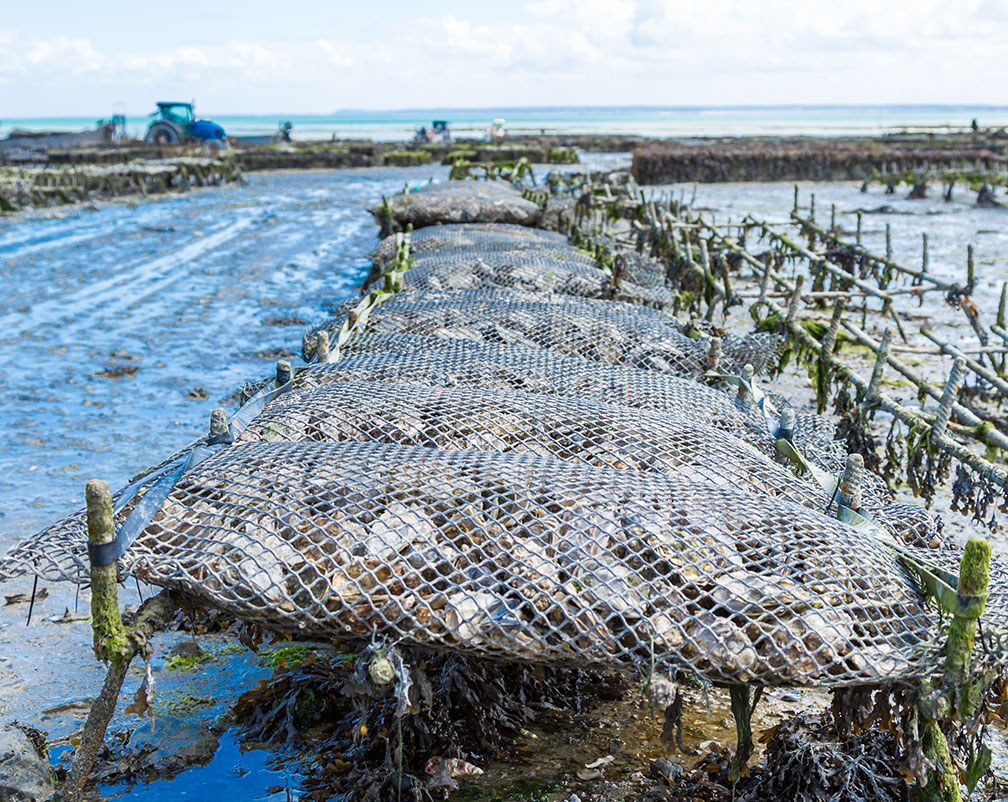
-250
Oyster farming
Oysters are bivalve molluscs belonging to the Ostreidae family and which stick to rocks or remain in the silty depths. Prehistoric coastal populations ate oysters. During Antiquity, in the Mediterranean Basin, they were a firm favourite of the Greeks and, later on, would charm the Romans, who brought them back from the Mediterranean and the Atlantic to create oyster beds.

-150
Animal-powered mill
The invention of the wheel resulted in ingenious systems such as that of a millstone rotating above a fixed stone. Mills relied on the driving force of animals or humans to function.

1050
Plough
During the Middle Ages in Europe, the plough and the swing plough enabled peasants to work the land more productively. Medieval farmers worked larger tracts of arable land, cultivated on a yearly basis based on a three-year rotation system.

1130
Leaven
Microorganisms can cause any organic matter to ferment spontaneously. Fermentation is used as a means for preserving products as well as for changing their taste. There are different types of fermentation, each defined by the raw material and the type of microorganisms present.
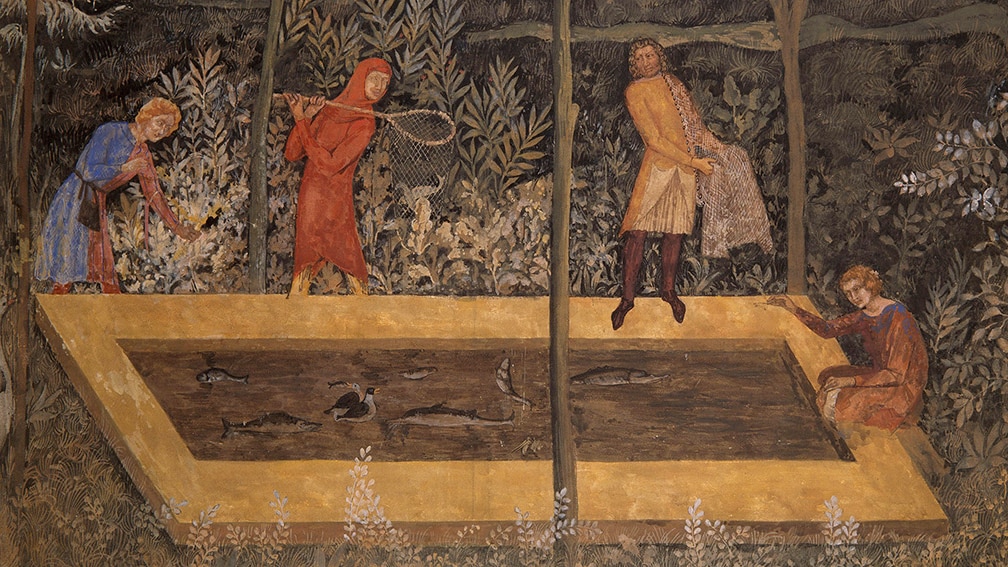
15th CENTURY
1420 – Artificial fertilisation of fish roe
1450 – Mechanical butter churn
1495 – First whisky distillery opens

1555
Poacher for flatfish (Turbotière)
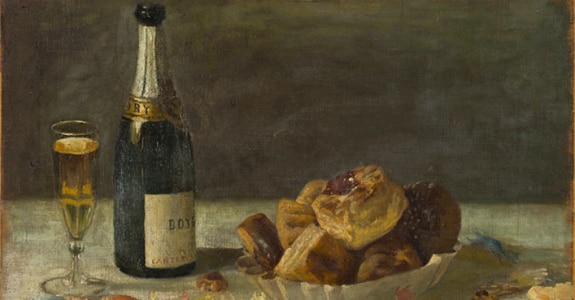
17th CENTURY
1679 – Steam digester (Papin's pressure cooker)
1688 – Champagne

18th CENTURY
1701 – Mechanical sower
1747 – Extraction of beet sugar
In the early 19th century, in response to the English blockade on sugar from the West Indies, Napoleon ordered sugar beet to be grown on French soil. Marggraf, a German chemist, had discovered the sweetening aspect of the beet in 1757. In 1811, the first economically viable sugar beet processing plant was built in France.

18th CENTURY
1749 – Writings on aviculture
1751 – Dough-kneading machine
1762 – Sandwich
1788 – Mechanical thresher
1789 – Portable cooker
1795 – Appertisation
Appertisation is a preservation process for long-term storage of food, named after its inventor Nicolas Appert. It involves sterilisation of food in an airtight container by heat treatment followed by hermetic sealing.
19th CENTURY
1806 – Coffee percolator
1810 – Tin can
The tin can was invented in 1810 by the Englishman Peter Durand. In the 19th century, England had a monopoly on the tinplate industry. As imports of the material were heavily taxed there from the 17th century onwards, it developed its own industry to limit custom duties and redefined quality standards.
1812 – Manufacture of beet sugar
1815 – Industrial dairy & biscuits
1828 – Cocoa powder
1829 – Pluchet’s adjustable plough
1830 – Ice cream maker
1831 – Mechanical harvester
1833 – Cast-iron stove
1835 – Artificial fertiliser
1836 – Industrial bakery
1837 – Gas cooker

19th CENTURY
1851 – Autoclave
1854 – Portable stove
1858 – Tin opener / Refrigerating machine
It is said that the Chinese invented the use of natural ice. However, they mainly used it to enjoy the pleasure of a cold drink. Ice only started to play a major role as a method for preserving food from the 19th century onwards.
1862 – Milking machine
1865 – Pasteurisation
In the 19th century, Appert’s method of preserving food was applied before it was actually explained. He was unaware of the scientific principles behind it. In the 1850s, Louis Pasteur (1822-1895) a chemist and bacteriologist, demonstrated the biological laws of appertisation, which destroys micro-organisms and enables products to be preserved at room temperature. 1866 – Tin with a key opener
1869 – Margarine
1870 – Industrial production of sausages
1875 – Milk chocolate / Refrigerating boat
1876 – Compressor refrigerator
1879 – Centrifugal cream separator / Saccharin / Smooth chocolate
1881 – Steam tractor
1886 – Maggi Seasoning / Coca-Cola
1890 – Aluminium pan
1892 – Isothermal bottle
1893 – Electric toaster
1894 – Electric kettle

20th CENTURY
1900 – Mechanical chopper
1906 – Freeze-drying
1908 – Selective breeding by hybridisation / Melitta coffee filter
1911 – Cheese spread
1913 – Domestic refrigerator
1915 – Pyrex glass
1919 – Crawler tractor
1922 – Esquimau ice lolly
1923 – Deep-frozen food / Portable electric beater
1924 – Biodynamic agriculture
Biodynamics stems from Rudolf Steiner’s system of anthroposophy. It takes a holistic approach to the farm as it seeks to regenerate and invigorate the soil and plants.
1926 – Polyvinyl chloride (PVC)
1929 – Économe peeler
1930 – Deep-frozen food widely available / Supermarket
1932 – Mechanical potato masher
1933 – Hybrid maize
1935 – Beer can
1938 – Nescafé
1939 – Dual temperature refrigerators / Dichlorodiphenyltrichloroethane (DDT)
1943 – Tetra Pak packaging

20th CENTURY
1945 – Invention of the microwave oven / Tupperware reusable plastic containers / Frozen ready-made meals
1946 – Electric coffee grinder
1948 – Electric mixer
1951 – UHT process for preserving milk
1953 – SEB pressure cooker / Microwave ovens widely available
1954 – Teflon frying pan
1955 – Application of freeze-drying
1958 – Dough divider for industrial bakeries
1960 – Vacuum cooking
1963 – Dehydrated potato flakes / Plastic bottle
1967 – Steam oven
1970 – France rules on irradiation
1971 – Multifunctional food processor
1972 – Genetically modified organisms (GMOs)
The generic term Genetically Modified Organism, or GMO, is applicable to all plants and animals whose genetic makeup has been modified. The broad definition, as reflected in the one adopted in the United States, covers organisms from a wide spectrum of manipulations, ranging from classical forms of crossbreeding and selection, to forced mutation using radiation (a technique of induced mutagenesis developed in the 1930s) or exposure to mutagens, followed up by a selection of the ‘best’ variants.
1973 – Barcode / Polyethylene terephthalate (PET)
1975 – Blast chiller
1983 – Transgenic plant
1986 – Nespresso capsule
1987 – Ready-to-eat bagged salad
1990 – Induction cooker
1996 – Dolly, the first cloned mammal
1997 – Transgenic corn widely available
1999 – Ready-made meal in self-heating packaging / Vertical farming

